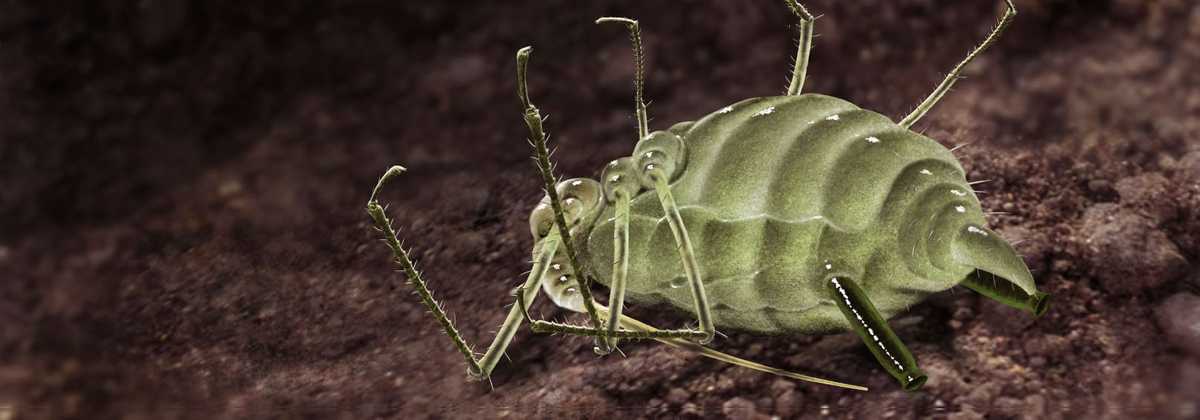
Principles of Pest Management
Insecticide resistance explained.
Insecticide resistance usually occurs when the same group of chemistry is used repeatedly on a crop. Eventually, the insecticide selects for insects that are less sensitive, resulting in decreasing levels of control. As the sensitivity of individual insects declines, the number of resistant offspring increases so that the proportion of resistant pests in each subsequent generation increases as control declines. That’s why the speed at which resistance occurs depends on how confined the population is to a specific area, as well as the rate at which they reproduce.

Dissecting insecticide resistance mechanisms.
- Metabolic resistance occurs when individuals within a population express a higher level of metabolic enzymes that can detoxify insecticides. Over time, insects with these elevated enzyme systems survive repeated applications while more sensitive individuals are controlled. This leads to a greater proportion of the population surviving, resulting in poorer performance overall. This metabolic resistance has a significant genetic cost and, in the absence of selection, the population can revert and a product’s effectiveness can return to “normal”. Since some enzyme systems can detoxify many types of insecticide, metabolic resistance can sometimes result in multiple- or cross-resistance to similar or even different insecticide classes.
- Target site resistance occurs when individuals within a population have an altered binding site for a particular insecticide. This is best visualized as a lock and key. The better the fit for the key, the more sensitive an insect. A poor fit results in poorer binding and the affected insect is less likely to be controlled. Target site resistance is usually very stable in a population and does not easily revert if selection is removed. It's also generally more specific to a particular group of insecticides so that cross-resistance between insecticide classes is less likely.
- Penetration resistance occurs when insects with a thicker cuticle experience less uptake of a pesticide. An analogy would be thicker armor on a tank. If fewer shells can penetrate the armour, then the tank is less likely to be disabled. Similarly, a thick cuticle may limit the exposure and effectiveness of an insecticide. This form of resistance usually only provides very limited protection.
- Behavioural resistance occurs when an insect avoids exposure via some change in behaviour or avoidance. This is rare. An example would be an insect that emerges over an extended period of time and avoids exposure or one that "learns" to avoid certain types of bait or odours associated with a particular group of insecticides (e.g. repellency).